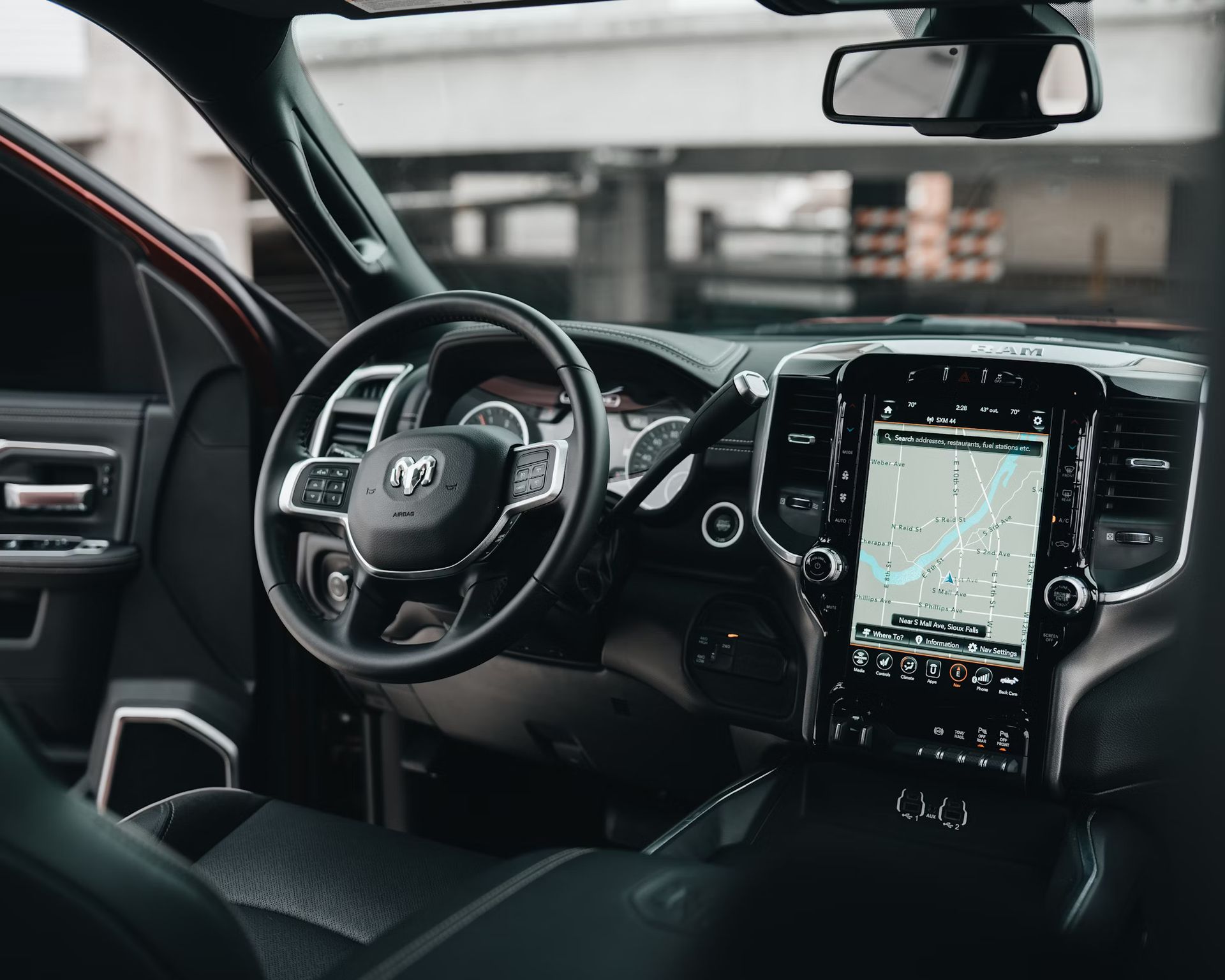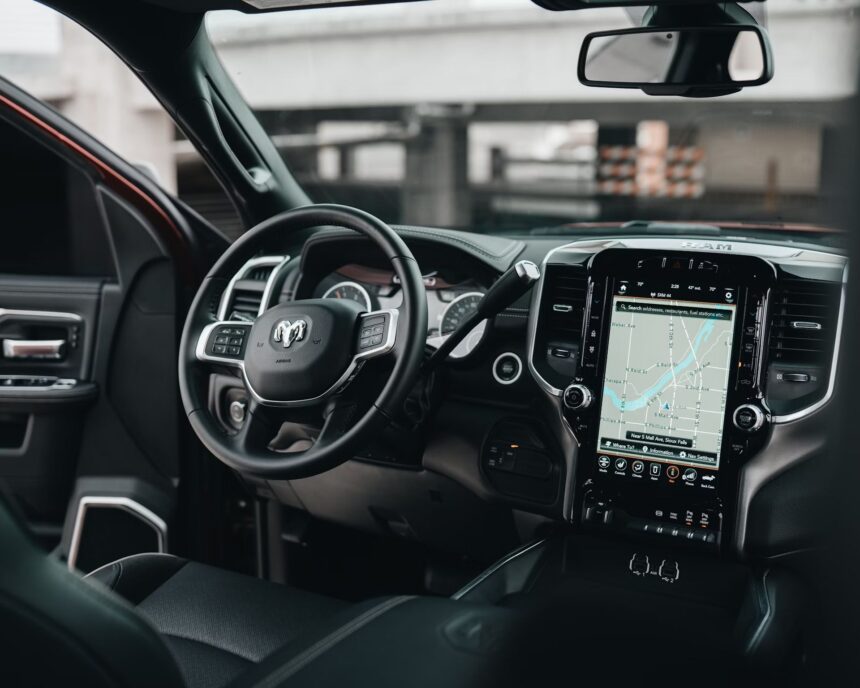
The automotive industry has witnessed a significant transformation in in-car displays over the past decade. From simple infotainment systems to full-fledged digital cockpits, screens have become an essential part of modern vehicles. With the demand for larger, more interactive, and visually appealing displays, touchscreen films have emerged as a key component in enhancing screen performance. These films improve clarity, durability, and functionality while ensuring a seamless user experience.
As automakers continue to integrate sophisticated displays into dashboards, center consoles, and even passenger seats, the role of touchscreen films is more critical than ever. Let’s explore how these advanced films are revolutionizing automotive displays.
What are touchscreen films?
Touchscreen films are specialized coatings or thin layers applied to automotive screens to enhance their performance. These films serve multiple purposes, including improving touch sensitivity, reducing glare, and protecting screens from scratches and environmental damage.
Types of films used in automotive displays
There are several types of touchscreen films designed for different automotive applications:
- Anti-glare films: Reduce reflections and improve screen visibility in bright conditions.
- Anti-fingerprint films: Prevent smudges and keep screens clean.
- Protective films: Offer scratch and impact resistance.
- Conductive films: Enhance touch sensitivity for capacitive and resistive screens.
Each type contributes to an improved driving experience by making displays more user-friendly, durable, and aesthetically appealing.
Improving visual clarity and brightness
One of the most critical functions of touchscreen films in automotive displays is improving visibility. Modern cars often have glossy, high-resolution screens that can suffer from glare, reflections, and poor readability under direct sunlight.
Anti-glare and anti-reflective properties
Touchscreen films with anti-glare coatings reduce light reflection, making displays easier to read in different lighting conditions. This is especially useful for:
- Navigation screens exposed to daylight.
- Heads-up displays that need clear visibility.
- Dashboard displays that drivers rely on for crucial information.
Enhanced contrast and color accuracy
High-quality films also improve color accuracy by reducing distortion and enhancing contrast levels. This ensures that information on the display remains sharp and vibrant, improving both aesthetics and usability.
Durability and protection features
Touchscreen films act as a protective barrier against daily wear and tear. They prevent scratches from dust, keys, or accidental touch, maintaining screen integrity over time.
Protection against UV and extreme temperatures
Automotive displays are often exposed to harsh conditions, including direct sunlight and fluctuating temperatures. High-quality films provide UV protection and temperature resistance, preventing screen degradation and discoloration over time.
Enhancing touch sensitivity
Modern automotive displays rely on either capacitive or resistive touch technology. Advanced films help improve responsiveness and accuracy, making gestures and touch commands more seamless.
Smooth and responsive user experience
- Faster response time with minimal delay.
- Smooth surface for effortless swiping and tapping.
- Improved multi-touch support for complex interactions.
Integration of smart features
With increasing adoption of gesture-based controls, touchscreen films are designed to work seamlessly with motion sensors. This allows drivers to control the infotainment system without touching the screen, improving convenience and safety. Advanced films can also enhance haptic feedback, making interactions more intuitive. This feature provides slight vibrations when a touch is registered, simulating the feel of pressing a physical button.
Anti-fingerprint and smudge resistance
Touchscreens in vehicles are prone to smudges from fingerprints and dust. Anti-fingerprint coatings help maintain a cleaner appearance while ensuring clear visibility at all times. Many films now include oleophobic coatings that repel oil and water, making it easier to wipe off fingerprints and dirt.
Energy efficiency and power saving
Some touchscreen films enhance light transmission, allowing screens to operate at lower brightness levels without losing visibility. This helps save energy and extends battery life in electric vehicles (EVs). By reducing strain on the display and protecting it from external damage, touchscreen films contribute to longer-lasting screens, reducing maintenance costs over time.
Customization and aesthetic appeal
Automotive brands can customize the feel and appearance of screens using different film textures. Matte, glossy, and satin finishes offer unique aesthetic options that complement a vehicle’s interior. Manufacturers can seamlessly blend displays with dashboard designs, creating a more futuristic and premium feel inside the cabin.
The role of Lexan film in automotive displays
Lexan film is widely used in the automotive industry due to its superior durability, optical clarity, and resistance to impact. It provides enhanced protection for touchscreen displays while maintaining flexibility and high performance under extreme conditions. Read more on the SABIC website.
Future trends in automotive display technology
Looking ahead, touchscreen films will play a crucial role in emerging automotive display innovations:
- Transparent and flexible screens that blend into vehicle interiors.
- Augmented reality (AR) displays for heads-up navigation.
- Self-healing films that repair minor scratches automatically.
Featured image credit: Brock Wegner/Unsplash






